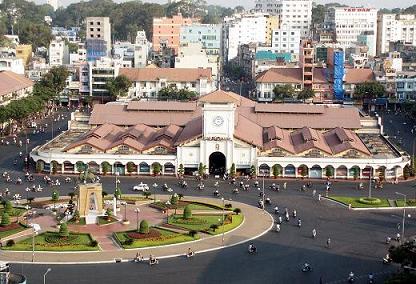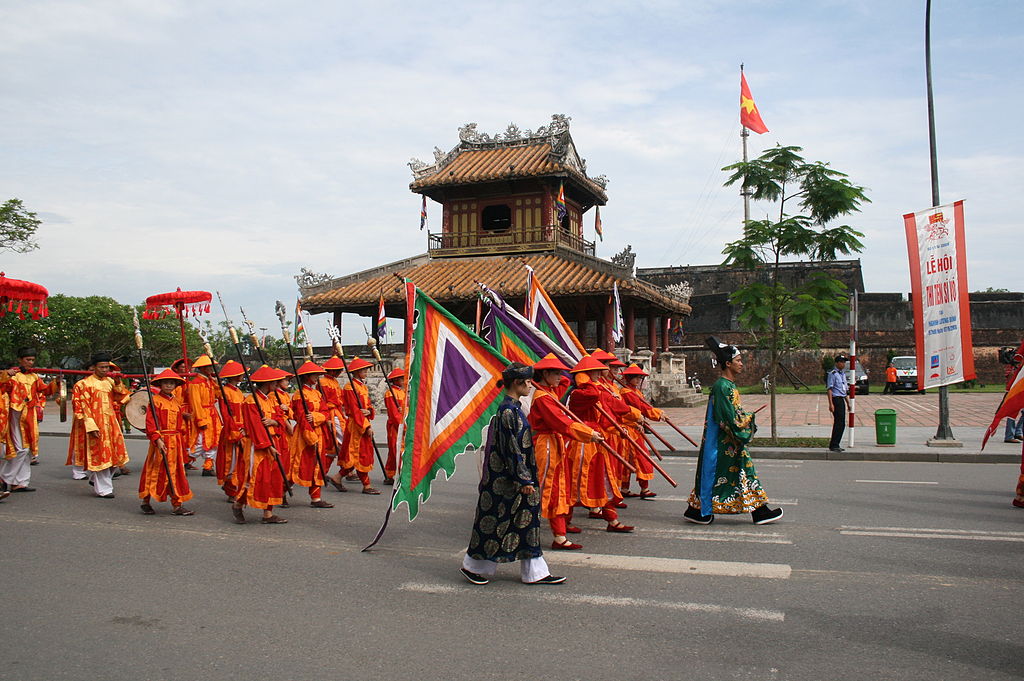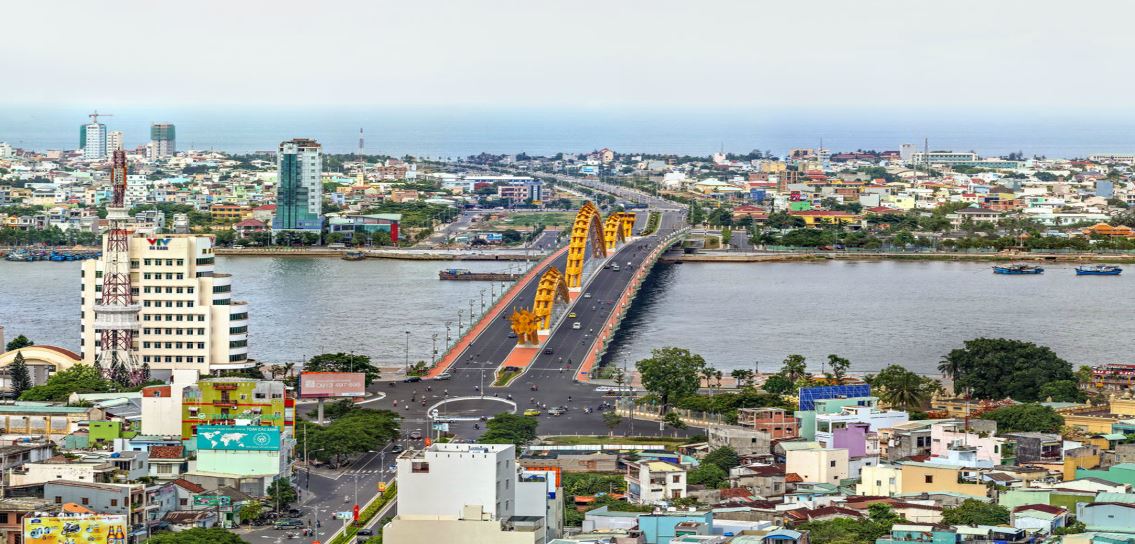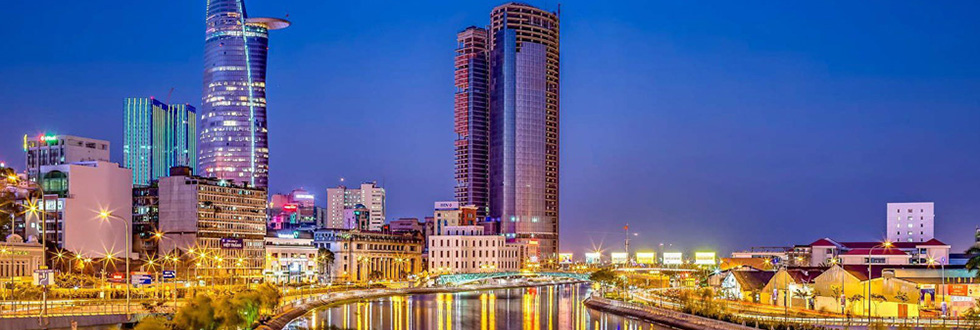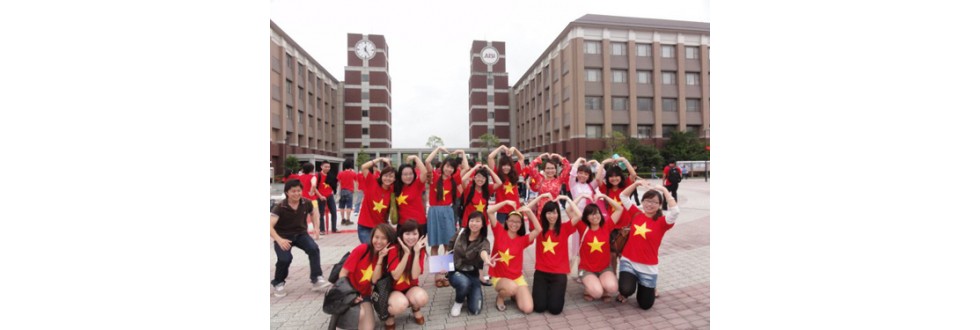ABOUT VIET NAM
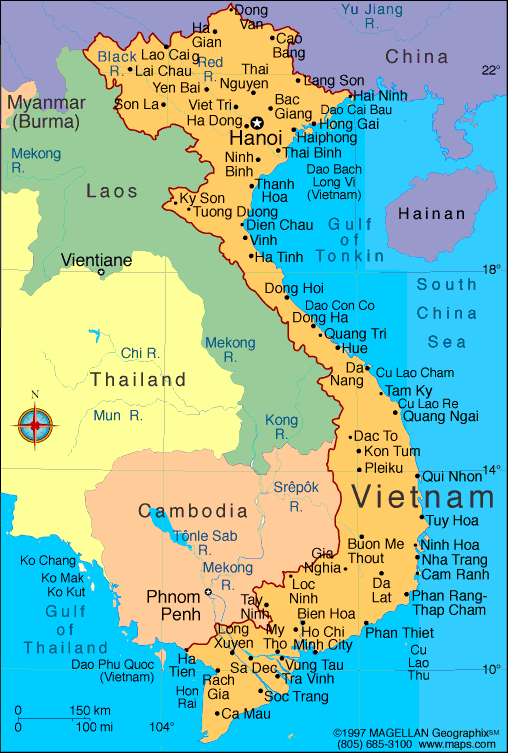

Việt Nam , officially the Socialist Republic of Vietnam(SRV; Vietnamese: Cộng hòa Xã hội chủ nghĩa Việt Nam , is the easternmost country on the Indochina Peninsula in Southeast Asia. With an estimated 90.5 million inhabitants as of 2014, it is the world's 14th-most-populous country, and the eighth-most-populous Asian country. Vietnam is bordered by China to the north, Laos to the northwest, Cambodia to the southwest, and Malaysia across the South China Sea to the southeast. Its capital city has been Hanoi since the reunification of North and South Vietnamin 1975.
Vietnam was part of Imperial China for over a millennium, from 111 BC to AD 939. An independent Vietnamese state was formed in 939, following a Vietnamese victory in the Battle of Bạch Đằng River. Successive Vietnamese royal dynasties flourished as the nation expanded geographically and politically into Southeast Asia, until the Indochina Peninsula was colonized by the Frenchin the mid-19th century. Following a Japanese occupation in the 1940s, the Vietnamese fought French rule in the First Indochina War, eventually expelling the French in 1954. Thereafter, Vietnam was divided politically into two rival states, North and South Vietnam. Conflict between the two sides intensified in what is known as the Vietnam War. The war ended with a North Vietnamese victory in 1975.
Vietnam was then unified under a communist government but remained impoverished and politically isolated. In 1986, the government initiated a series of economic and political reforms which began Vietnam's path towards integration into the world economy. By 2000, it had established diplomatic relations with all nations. Since 2000, Vietnam's economic growth rate has been among the highest in the world, and, in 2011, it had the highest Global Growth Generators Index among 11 major economies. Its successful economic reforms resulted in its joining the World Trade Organization in 2007.
President : Trần Đại Quang (2016)
Prime Minister : Nguyen xuân Phúc (2016)
Land area : 125,622 sq mi (325,361 sq km); total area: 127,244 sq mi (329,560 sq km)
Population (2014 est.) : 93,421,835 (growth rate: 1%);
Birth rate: 16.26/1000;
Infant mortality rate: 18.99/1000;
Life expectancy: 72.91;
Density per sq mi: 703
Capital (2013 est.) : Hanoi, 7.1 million (metro. area), 2.955 million (city proper)
Largest cities : Ho Chi Minh City (Saigon), 8,190,775; Haiphong 925,000; Da Nang 834,000
Monetary unit : Vietnam Dong
Public holidays in Vietnam
| 2016 | 2017 | |
|---|---|---|
| International New Year's Day | 1 January | 1 January |
| Vietnamese New Year | 7-13 February | 27 January - 1 February |
| Hung Kings' Temple Festival | 16 April | 6 April |
| Reunification Day | 30 April | 1 May |
| Labour Day | 1 May | 1 May |
| National Day | 2 September | 2 September |
.jpg)


